Design Competitions
Sometimes it takes an intensive and immersive experience that only requires a small amount of time commitment to make a huge, impactful, and momentous difference. They come in many flavors, but I've seen Design Competitions bring out remarkably innovative ideas from all age groups.

NextFab Design Challenge 2024
This past summer was simply inspirational. After leading the middle school iDesign challenge, I had a group of students who were just itching to compete in something like that for their own age group. NextFab, a professional makerspace in Philadelphia, was happy to oblige. Together, we collaborated to program a design challenge worthy of the top students who led the middle school design challenge.
The competition spanned four days: in the first two days, they learned woodworking skills and how to program and use Arduinos. In the last two days, the planned, prototyped, and presented their ideas to judges with technical expertise and entrepreneurial experience. My favorite part of the event was hearing how my 17-year-old student felt affirmed after having her idea validated by a professional consultant that worked at NextFab. As I saw her operate the Bridgeport milling machine (under watchful supervision), I could picture her ten years from now, confidently fixing something in her car or house because she had this hands-on experience with industrial equipment.
Here's a short video I put together to capture some highlights of the event:
Additional coverage:
What Next?
These kinds of competitions or hackathons range widely in duration and target audience. I'm looking to continue collaborating with NextFab to bring maker experiences for all age groups, but most foreseeably with other high school, college, or professional groups. I find that opportunities for innovation are sometimes stifled at the corporate level and these short-term commitments are great for team building, revitalization, and generation of new ideas. I can also see similar competitions doing very well with organizations with their own makerspaces already, such as universities. Makerspaces are too often underutilized. Let's get making!
- An Nguyen, PhD

